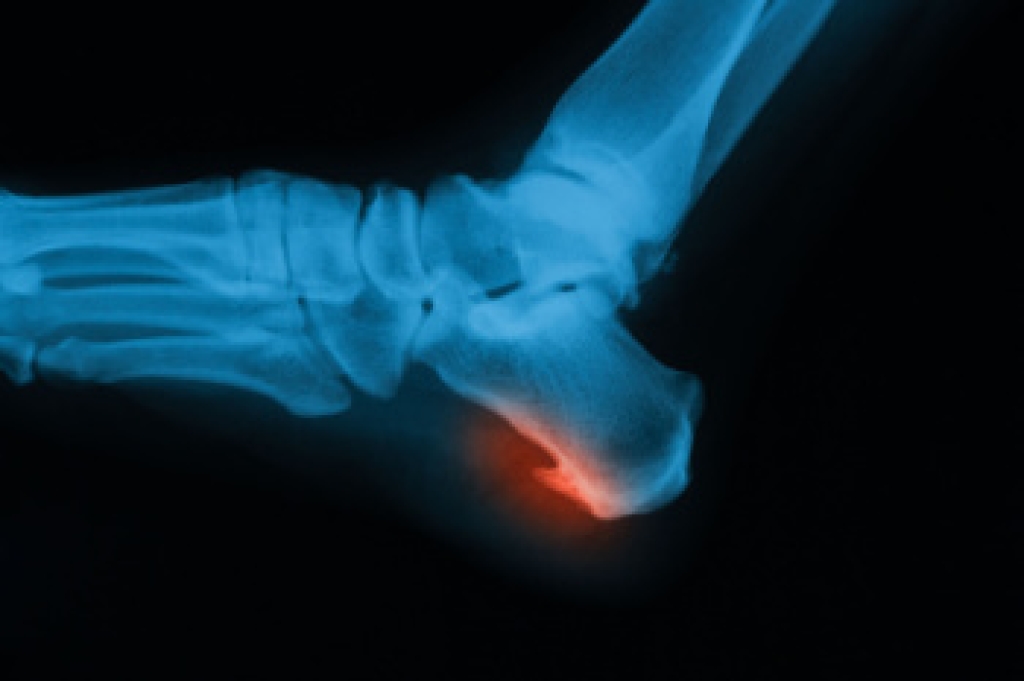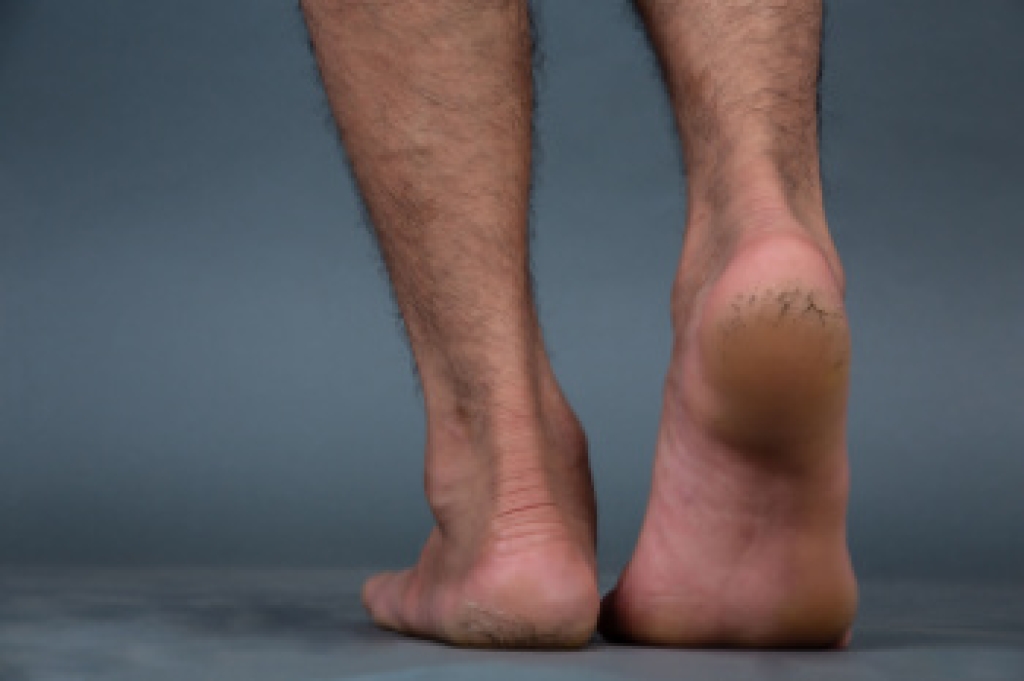 Swollen and painful ankles can be caused by conditions that range from minor injuries to systemic health conditions. Ankle sprains, which occur when the ligaments that support the ankle are stretched or torn, are among the most common reasons for these symptoms. Sprains typically result from twisting or rolling the ankle awkwardly. Another prevalent cause of swelling is arthritis, which leads to inflammation of the joints, including those in the ankle. Conditions such as gout, where crystals accumulate in the joints, can also target the ankles and lead to intense pain and inflammation. Furthermore, venous insufficiency, a condition in which the veins struggle to send blood from the legs back to the heart, can cause swelling because of excess fluid. Systemic diseases like heart failure, kidney disease, and liver problems can result in ankle swelling due to fluid retention. Identifying the root cause of swollen and painful ankles is important for determining the appropriate treatment strategy, and this is something a foot doctor, or podiatrist, can do. If you have painful or swollen ankles, it is suggested that you promptly schedule an appointment with a podiatrist for diagnosis and treatment.
Swollen and painful ankles can be caused by conditions that range from minor injuries to systemic health conditions. Ankle sprains, which occur when the ligaments that support the ankle are stretched or torn, are among the most common reasons for these symptoms. Sprains typically result from twisting or rolling the ankle awkwardly. Another prevalent cause of swelling is arthritis, which leads to inflammation of the joints, including those in the ankle. Conditions such as gout, where crystals accumulate in the joints, can also target the ankles and lead to intense pain and inflammation. Furthermore, venous insufficiency, a condition in which the veins struggle to send blood from the legs back to the heart, can cause swelling because of excess fluid. Systemic diseases like heart failure, kidney disease, and liver problems can result in ankle swelling due to fluid retention. Identifying the root cause of swollen and painful ankles is important for determining the appropriate treatment strategy, and this is something a foot doctor, or podiatrist, can do. If you have painful or swollen ankles, it is suggested that you promptly schedule an appointment with a podiatrist for diagnosis and treatment.
Ankle pain can have many different causes and the pain may potentially be serious. If you have ankle pain, consult with Scott Samera, DPM from Samera / Foot + Ankle. Our doctor will assess your condition and provide you with quality foot and ankle treatment.
Ankle pain is any condition that causes pain in the ankle. Due to the fact that the ankle consists of tendons, muscles, bones, and ligaments, ankle pain can come from a number of different conditions.
Causes
The most common causes of ankle pain include:
- Types of arthritis (rheumatoid, osteoarthritis, and gout)
- Ankle sprains
- Broken ankles
- Achilles tendinitis
- Achilles tendon rupture
- Stress fractures
- Tarsal tunnel syndrome
- Plantar fasciitis
Symptoms
Symptoms of ankle injury vary based upon the condition. Pain may include general pain and discomfort, swelling, aching, redness, bruising, burning or stabbing sensations, and/or loss of sensation.
Diagnosis
Due to the wide variety of potential causes of ankle pain, podiatrists will utilize a number of different methods to properly diagnose ankle pain. This can include asking for personal and family medical histories and of any recent injuries. Further diagnosis may include sensation tests, a physical examination, and potentially x-rays or other imaging tests.
Treatment
Just as the range of causes varies widely, so do treatments. Some more common treatments are rest, ice packs, keeping pressure off the foot, orthotics and braces, medication for inflammation and pain, and surgery.
If you have any questions please feel free to contact our office located in Lake City and Branford, FL . We offer the newest diagnostic tools and technology to treat your foot and ankle needs.








